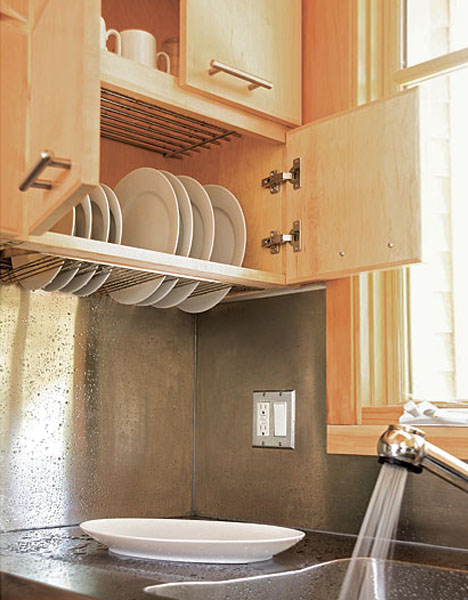
Innovation often spreads like wildfire – it is a wonder, really, that this 50-year-old design idea has not fully dowsed the flames of frustration in kitchens around the world. Instead of dedicating surface or sink area to drying dishes, it makes shelves serve a secondary purpose and lets you skip a step entirely.
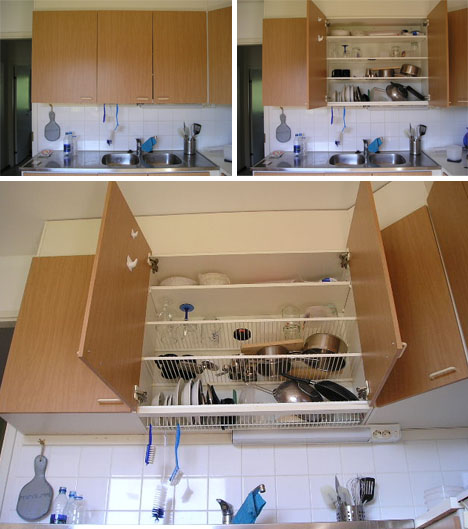
Still found mainly in Northern Europe, the idea is simple: dishes are placed into a bottomless cupboard where each shelf drains down to the next level, and ultimately to waiting sinks and drains below. The effect? a marked decrease in the 30 thousand of hours spent by Finnish housewives doing dishes daily.
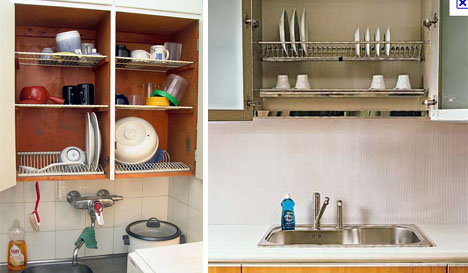
Plastic-coated steel wire, of the kind usually found in baskets sitting inside or alongside sinks, frames each shelving layer rather than an impermeable surface, though other variants exist as well (both covered and uncovered).
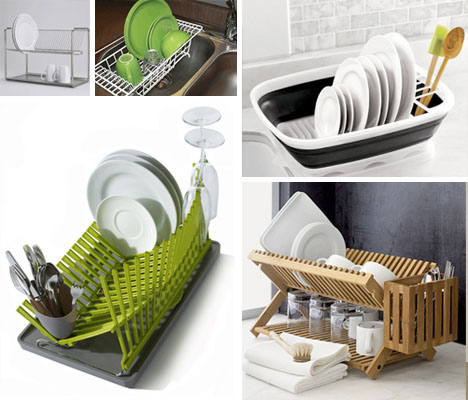
We are all familiar with drying mats, collapsible wood, plastic or metal dish racks and other solutions, but even hanging dish drainers exist on the shelves of stores like IKEA, but few let one bypass the interstitial step of drying then putting away dishes.
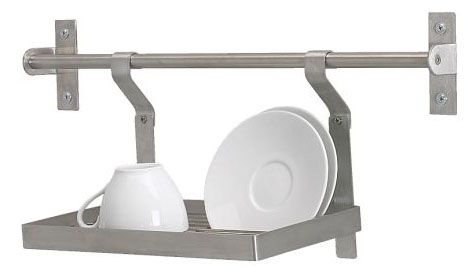
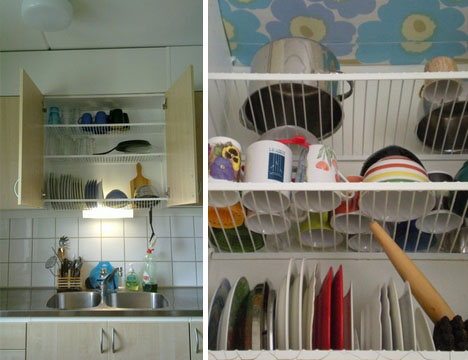
Unlike many non-appliance amenities, this (loosely translated) ‘dish drying closet’ design and many subsequent variations can be traced back to a single inventor: Maiju Gebhard, who created it as part of the Finnish Association for Work Efficiency in the mid-1940s. Since then, though, it remains an elusive fixture in many modern kitchens outside its home continent.
1 comment:
Closets tend to gather clutter, adding to household mess and making it hard to find items when needed design a closet toronto.
Post a Comment